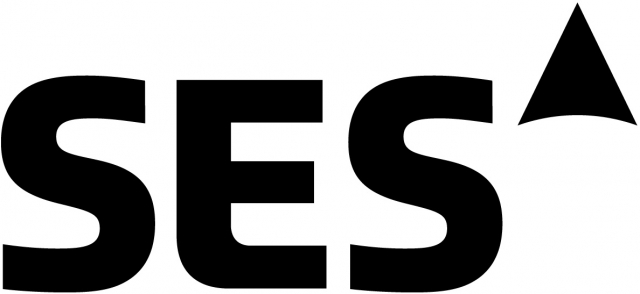SES: Georgian TV Market Thriving
SES, the world-leading satellite operator, for the first time conducted a satellite survey in Georgia last year. SES- initiated satellite research constantly measures the level of development of the broadcasting market and broadcasting services in broadband access to SES-European satellite fleet coverage in 37 countries. In 2015, Georgia joined the list of countries participating in the SES satellite survey. GEORGIA TODAY talked to Niels-Filip Abrahamsson, SES Sales Manager in the Nordic and Baltic States and Eastern Europe, about the data of the Georgian TV market in 2015, and the SES main results and general indicators for the globe.
What was the reason for Georgia’s participation in the SES- satellite studies?
Before we embark on the Satellite Monitors study each year, we look into identifying countries where the study would best benefit our customers. In addition, we make sure to update every country at least every other year in order to keep consistency over time.
We decided to include Georgia because it’s a very interesting market for us. With its successful analogue switchover taking place in 2015, it seemed like very good timing to study the country and analyze the video trends.
What are the results of monitoring in Georgia and worldwide?
In Georgia, there are 1.25 million TV homes, which means 97% of households watch TV in the country. Satellite is the leading TV reception mode, reaching 50% of TV homes directly for 620,000 DTH homes. SES plays a key role in the market as it reaches 440,000 TV homes, which includes direct reach as well as cable and IPTV homes. We also observe that satellite is driving HD adoption in the country, as 47% of all TV homes enjoy HD thanks to satellite.
From a global perspective, SES now reaches 317 million TV homes worldwide, which represents an overall growth of 23% since 2011.
Our studies reveal that satellite continues to be the leading mode of TV reception in Europe, with 35% of TV homes reached directly. The results also highlight the important role of SES in Europe, its satellites serving 71% of satellite households directly, and feeding 94% of cable homes and 91% of IPTV homes. As in Georgia, we observe a consequent growth of HD - the number of TV households enjoying HD content in Europe has tripled over the past five years, with SES now serving 78% of HDTV homes.
Where is Georgia on the list in terms of satellite broadcasting? Which country is the leader in this direction?
Georgia is actually in the Top 3 when it comes to satellite TV penetration in Europe, with 50% of TV homes served by satellite directly – sharing the podium with Slovakia. The first country is Ireland, with 63% of satellite homes, then Austria with 60%.
What recommendations would you give the Georgian TV market?
The Georgian market is certainly thriving now. The move of the entire TV market to digital has been very successful, even though there are still 5% TV homes (served by cable) that are analogue.
We believe the Georgian market will continue to grow in terms of their DTH subscribers. This is because a lot of broadcasters and content owners are seeing the benefits of satellite.
Georgia has numerous remote and mountainous areas and satellite is the ideal platform for broadcasting to these homes directly as it can overcome geographical challenges to reach under-connected communities across the whole country with a single beam.
Additionally, there’s a clear wish from consumers for a higher picture quality and a better viewing experience. Satellite can easily accommodate the bandwidth needed to carry the increasing number of HD channels to meet consumer demand.
SES set a benchmark for the entire satellite industry. What does it deal with?
Satellite Monitors measures the development of TV reception modes, measures total SES reach in Europe (pay TV and free to air reception), and has established a benchmark for the whole satellite industry. Satellite Monitors have been running for 21 years already, are conducted by leading market research institutes in Europe and have been audited and awarded quality stamps by independent research authorities.
Meri Taliashvili











